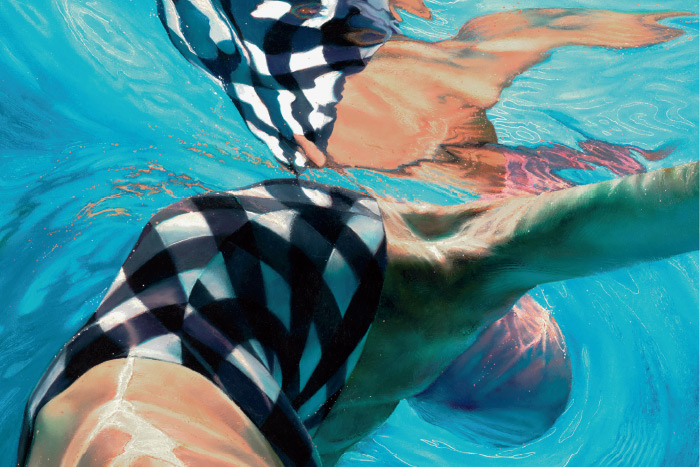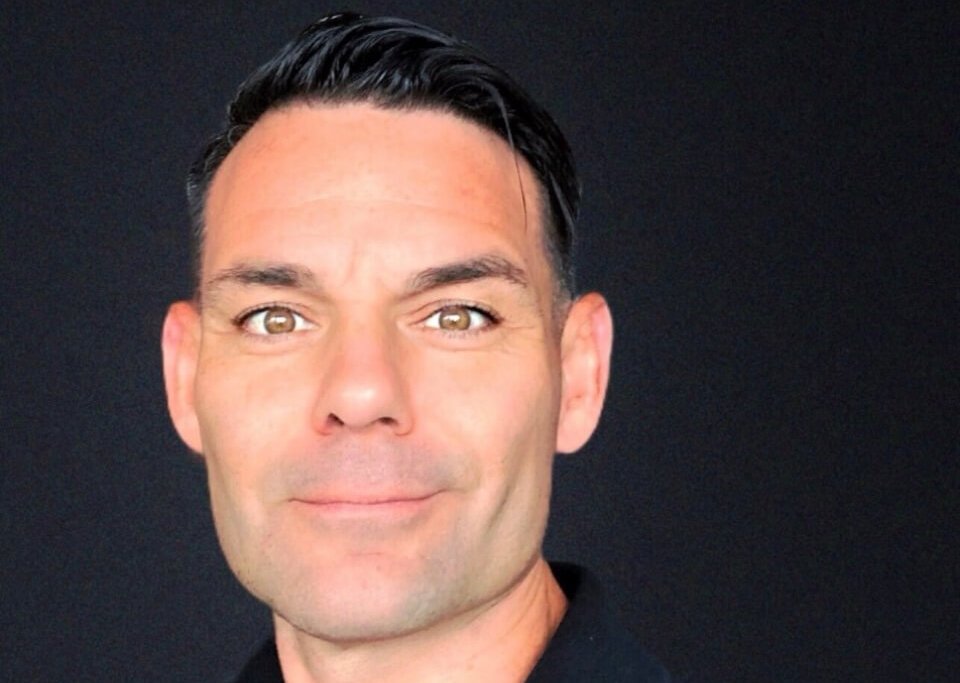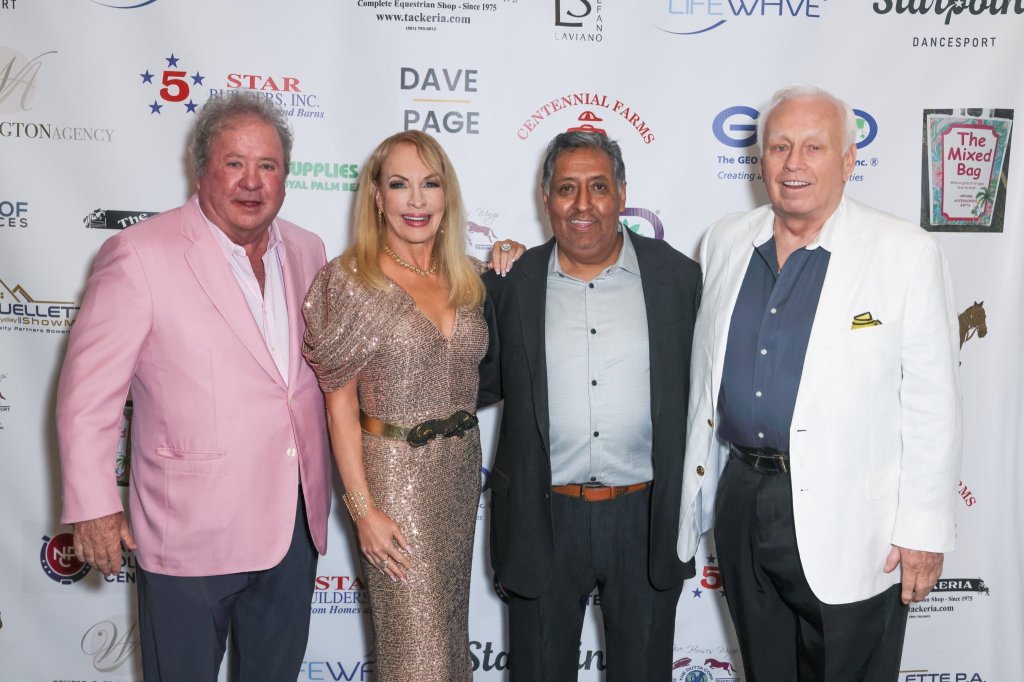A Talk with Dan's Papers Cover Artist Lorraine Shemesh

In this week’s cover, artist Lorraine Shemesh has captured the distinct quality of light and water as can only be seen from underwater in a swimming pool. Going a step beyond, she has included a figure, arms outstretched, back bending and thigh curving upward as the body meets its reflection above. While not an unfamiliar image, the skill and understanding involved in capturing it nears the impossible. Shemesh lets us in on what’s behind her painting and her process.
What first led you to create underwater, sometimes half-submerged, figurative paintings?
I was drawn to water as a subject because of its myriad patterns in constant flux. The process of developing various repeated patterns in order to create movement, rhythm and harmony, presented the possibility of a visual metamorphosis and allowed me to work figuratively and abstractly simultaneously. While my Painted Pool series was initially engaged in a dialogue involving the action above and below the water line, I gradually became more interested in the light refraction and the more abstract shapes that pulled off the figures as they floated.
How do you begin a new work?
There’s a lot of drawing involved. Linear gesture drawings are completed to hone in on the composition. I hire professional dancers as models to strike the poses because of their physical flexibility and the fluidity of the shapes they generate. I establish the color shifts that occur on the flesh by shooting the models directly in the water. A considerable number of black and white drawings help to work out the striated light patterns, often while I’m working on the larger painting. It’s a long and engrossing process that often takes several months.
When you taught art at RISD and Amherst, what did you encourage in your students?
All artists, regardless of their experience level, require two things: an idea and a way to put it down. The painting and drawing classes I taught at RISD and Amherst College focused structurally on a deep understanding of visual language, materials and process. Developing the ability to see was a result of direct observation and experimentation. I always encouraged my students to push through the challenge that creation presents in the service of finding their own voices.
Who are some of your favorite artists and/or recent gallery or museum exhibitions?
El Anatsui at The Met, Brooklyn Museum, and Jack Shainman Gallery, Lee Bontecou, and Martin Puryear at The Morgan, Matthew Marks Gallery, and The Smithsonian.
What draws you to the East End of Long Island?
I have returned many times to the East End of Long Island, spending brief periods in Sag Harbor, the Hamptons, Shelter Island and Amagansett, all of which have proven to be memorable. The generous proportion of land to sky is reason enough to keep me coming back!
Where can readers view your work?
My work is currently represented by Gerald Peters Gallery. Upcoming group exhibits include “Philip Pearlstein: Legacy of Influence” in Princeton, NJ and Art Miami at the beginning of December.
My work is represented in the public collections of The Butler Institute of American Art, The Museum of the City of New York, The Museum of the Rhode Island School of Design, The Boise Art Museum, The DeCordova and Danforth Museums, and The National Academy Museum.
To see more, visit lorraineshemesh.com and gpcontemporary.com.




